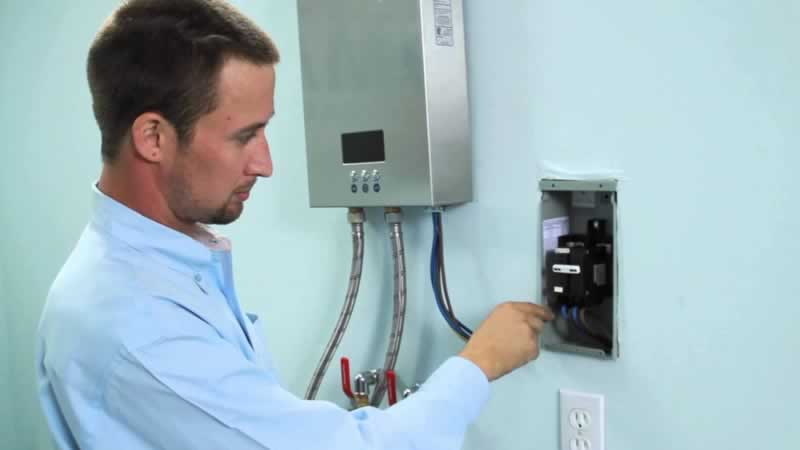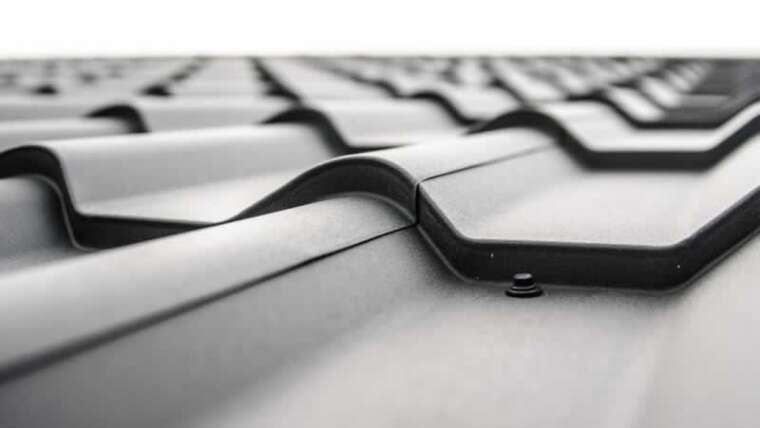Water heaters are essential to get evenly heated water for the bathroom and other household purposes. There are many water heaters on the market with different fuel sources such as electricity and gas. The main problem with most water heaters is the included tanks, in which heated water is stored. These tanks are ugly and bulky, they are not suitable for use in small, cramped bathrooms and they are difficult to install. The bulky water heater tanks affect the appearance of your bathroom and are now out of date. We therefore recommend that you switch to the new instantaneous water heater technology.
Now installing water heaters can be daunting. That is why today we will learn how to install an electric instantaneous water heater that is available on the market.
Steps to install instantaneous water heaters:
- The first step in installing a new water heater is to remove the old water heater. Before you start to remove the old water heater, you must switch off all the water, gas or electricity sources connected to it to ensure your safety and to avoid leaks. You can then disassemble the pipes and tank of the old water heater and cut off the unnecessary pipes.
- Drain the excess water from your old water heater and dispose of it with the help of a local recycling company.
- The next thing to do after removing all of the old heater parts is to measure the water, gas, or power line connections required for the new one. You will need to install a new gas line if you don't have one, or you can use a T-joint and install a flexible gas line.
- You can check the heater instruction manual to assemble and solder the new gas and water pipes, and attach them to the wall with doorbells. This makes it easier to attach the insulation. Check if you need to install a surge tank near the cold water inlet. This is necessary if your water system has a check valve.
- Clean all tubes properly before soldering to avoid rust. Once all of the piping is in place, choose a location for mounting your new instantaneous water heater. The location should be such that the heating can be easily vented to the outside.
- Mount a wooden frame at the desired location to mount the instantaneous water heater. The size of the frame depends on the size of the heater.

- After the heater is mounted on the wall, connect the gas and water lines with the shut-off valves. Check the water and gas lines for leaks and make sure there are none. Vent the gas for some time if necessary. After checking all leaks again, turn off the water and gas supplies until the heater is fully installed.
- Drill a 1-inch vent hole in the wall outside the water heater and connect the vent pipe from the vent hood to the vent opening with screws and silicone to seal. You can also use PVC pipes for ventilation instead of metal pipes.
- Insulate the hot water outlet pipe of the water heater and check all fastenings and pipes. The heater is ready for use, so plug it in and turn it on.
- Follow the start-up procedures in the operating instructions when you use the heater for the first time.
- Switch the heater to full hot mode to remove trapped air in the heater and its pipes, and then turn off the tap. Switch on the gas supply and the heating is ready for operation.
- When using the heaters, pay attention to the light indicators to ensure safety and overheating.
Advantages of using instantaneous water heaters
Instantaneous water heaters are compact and efficient, regardless of whether you connect them to power or gas, they are compatible with both sources. With the instantaneous water heaters, you can also reduce your energy costs by 70% compared to your normal water heaters and thus create a more energy-efficient home. The installation of instantaneous water heaters is simple and quick and does not require any special knowledge. So switch to the instantaneous water heater!
Share this tip with your friends!
related posts




